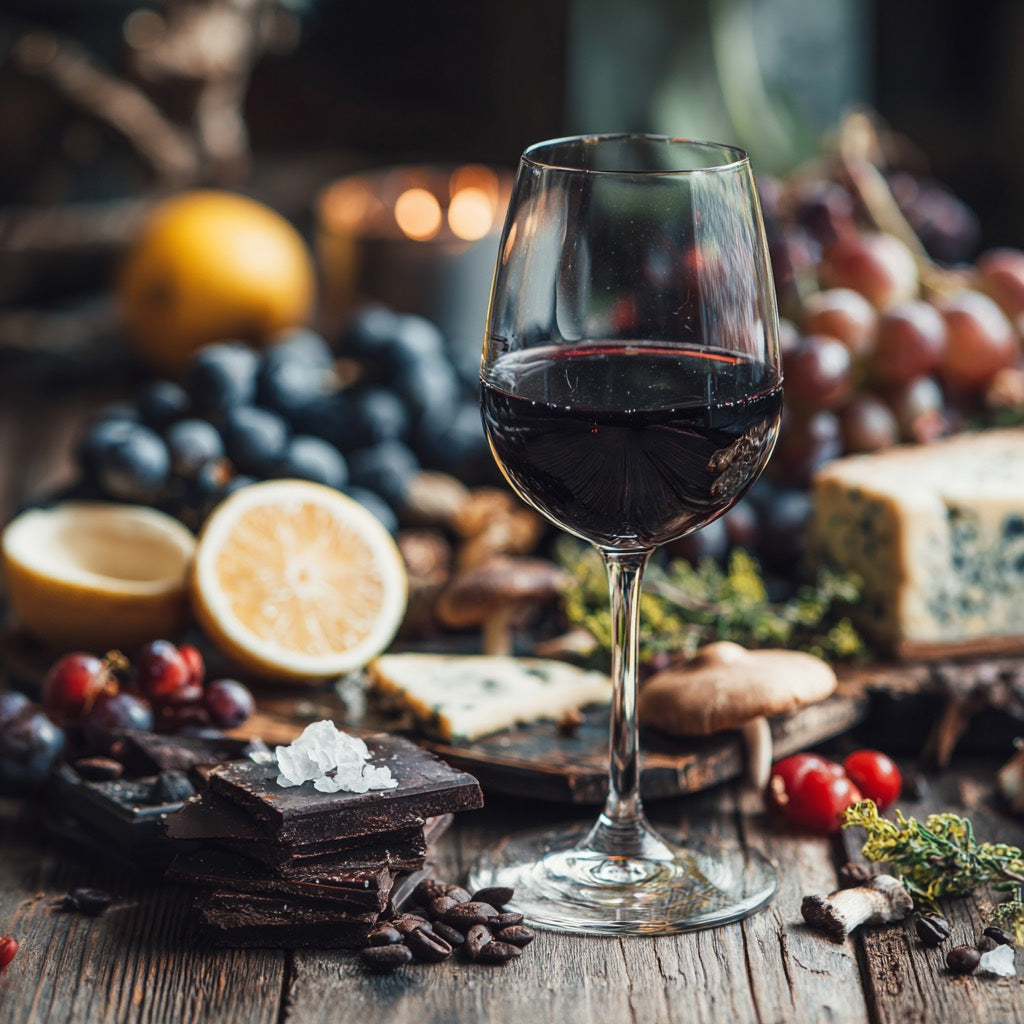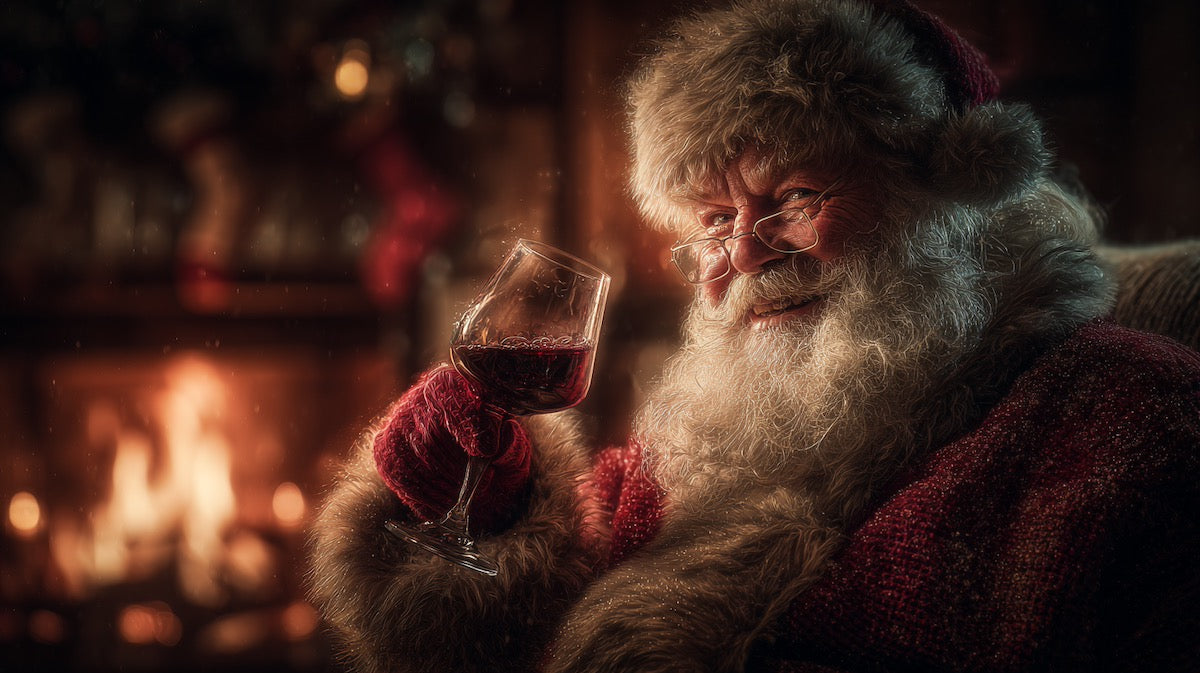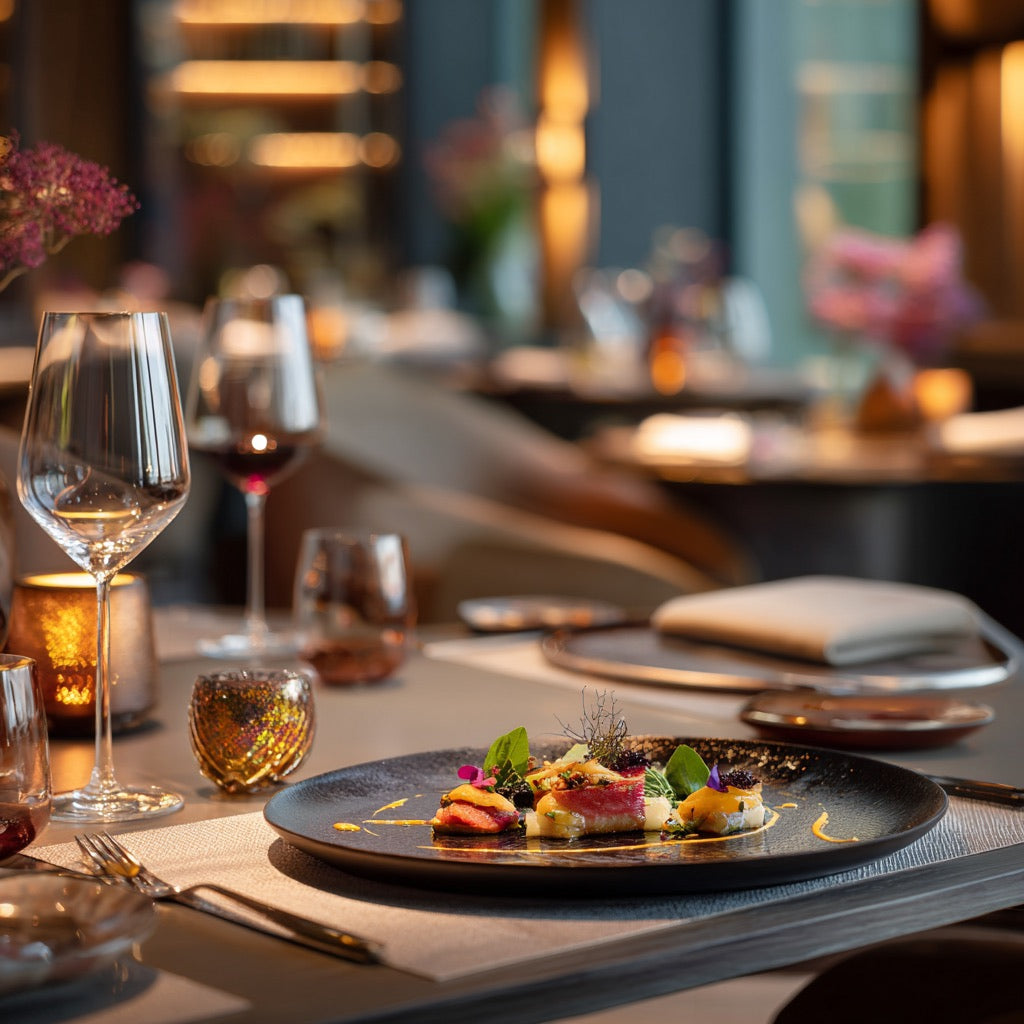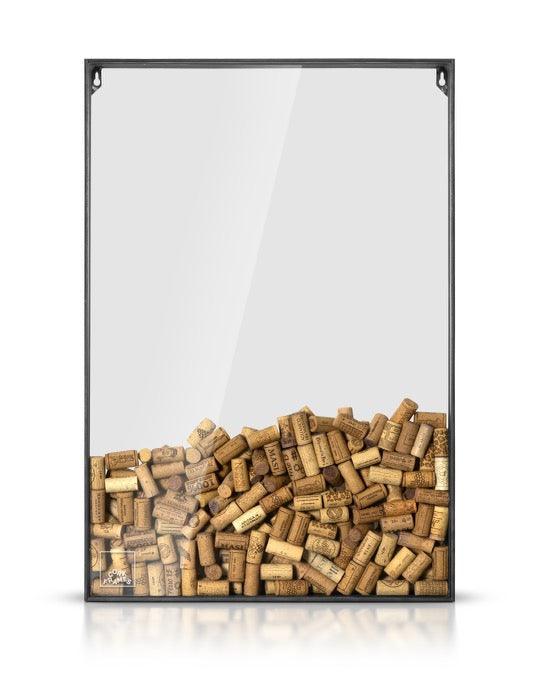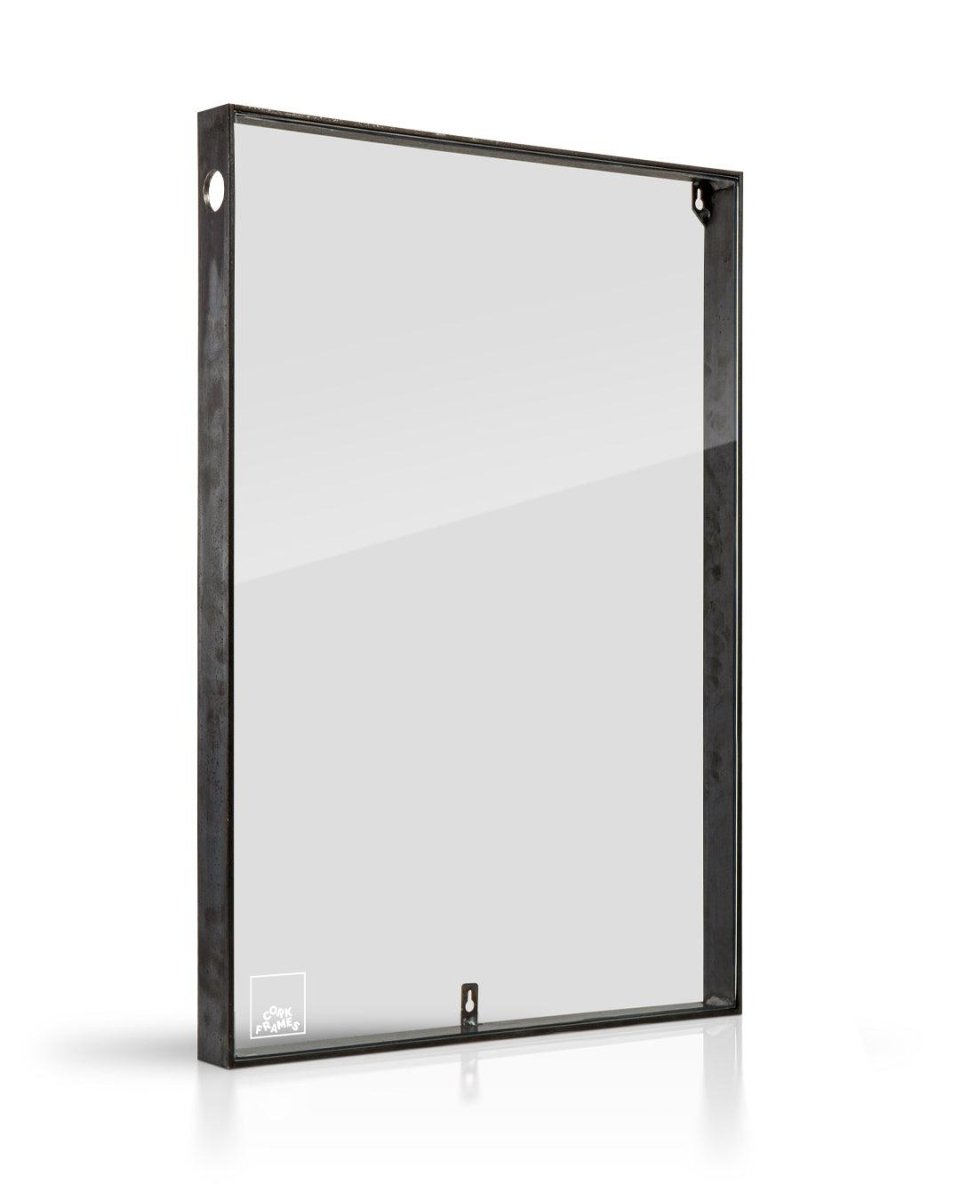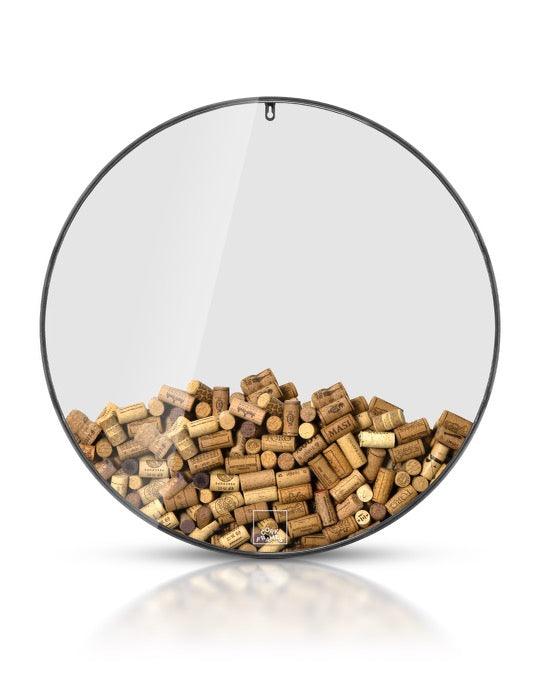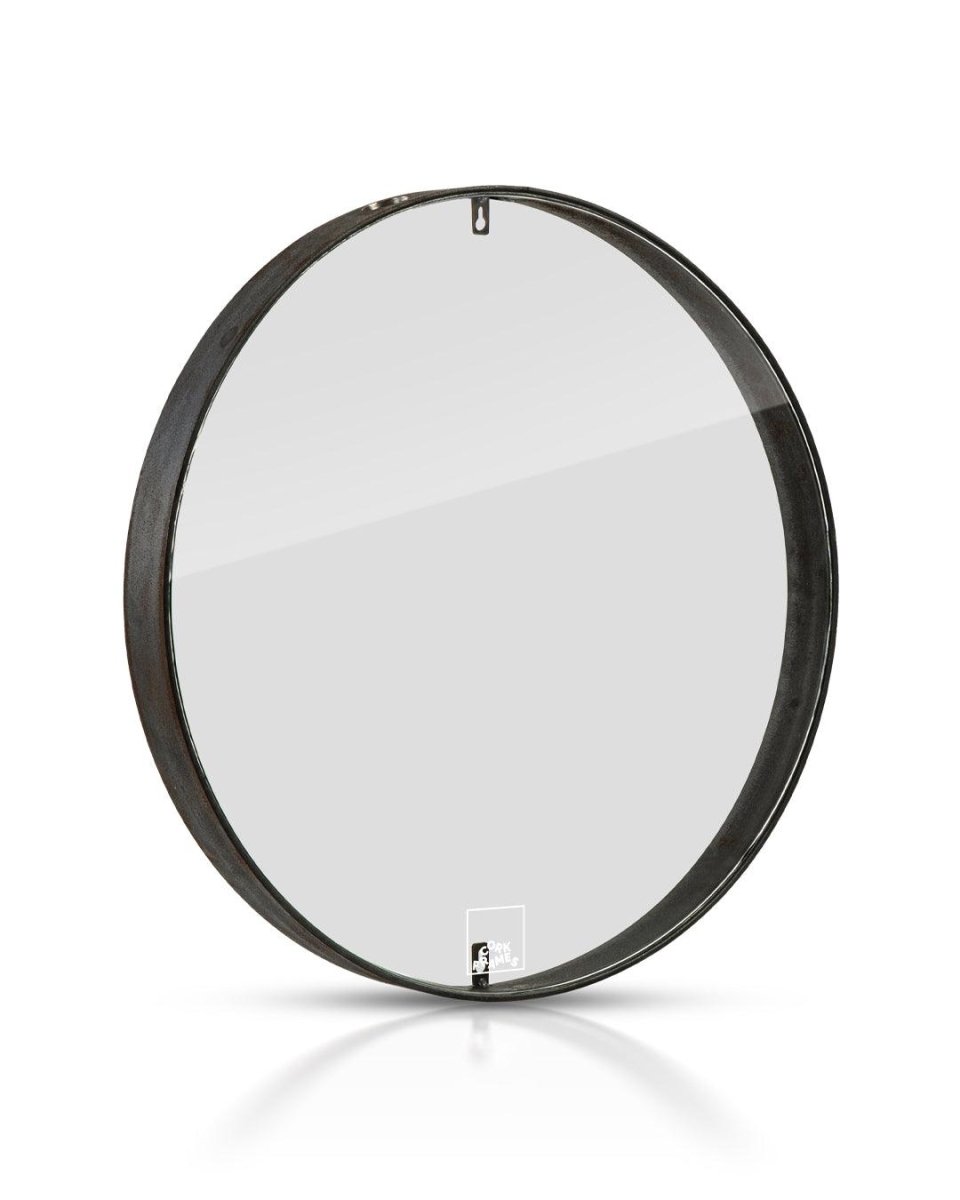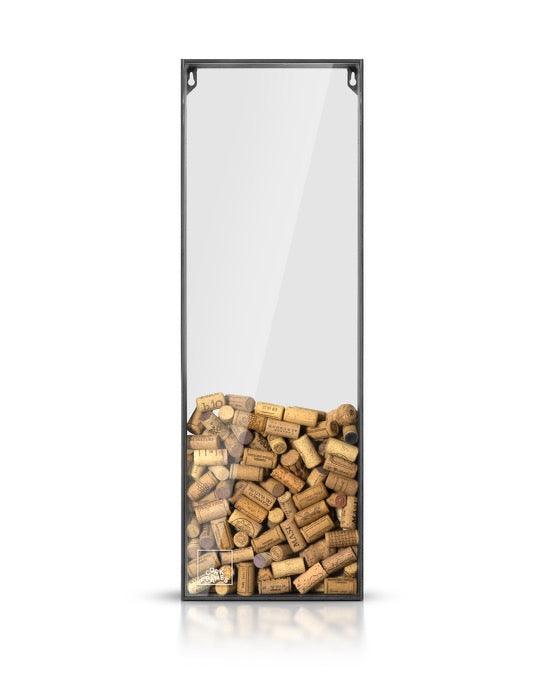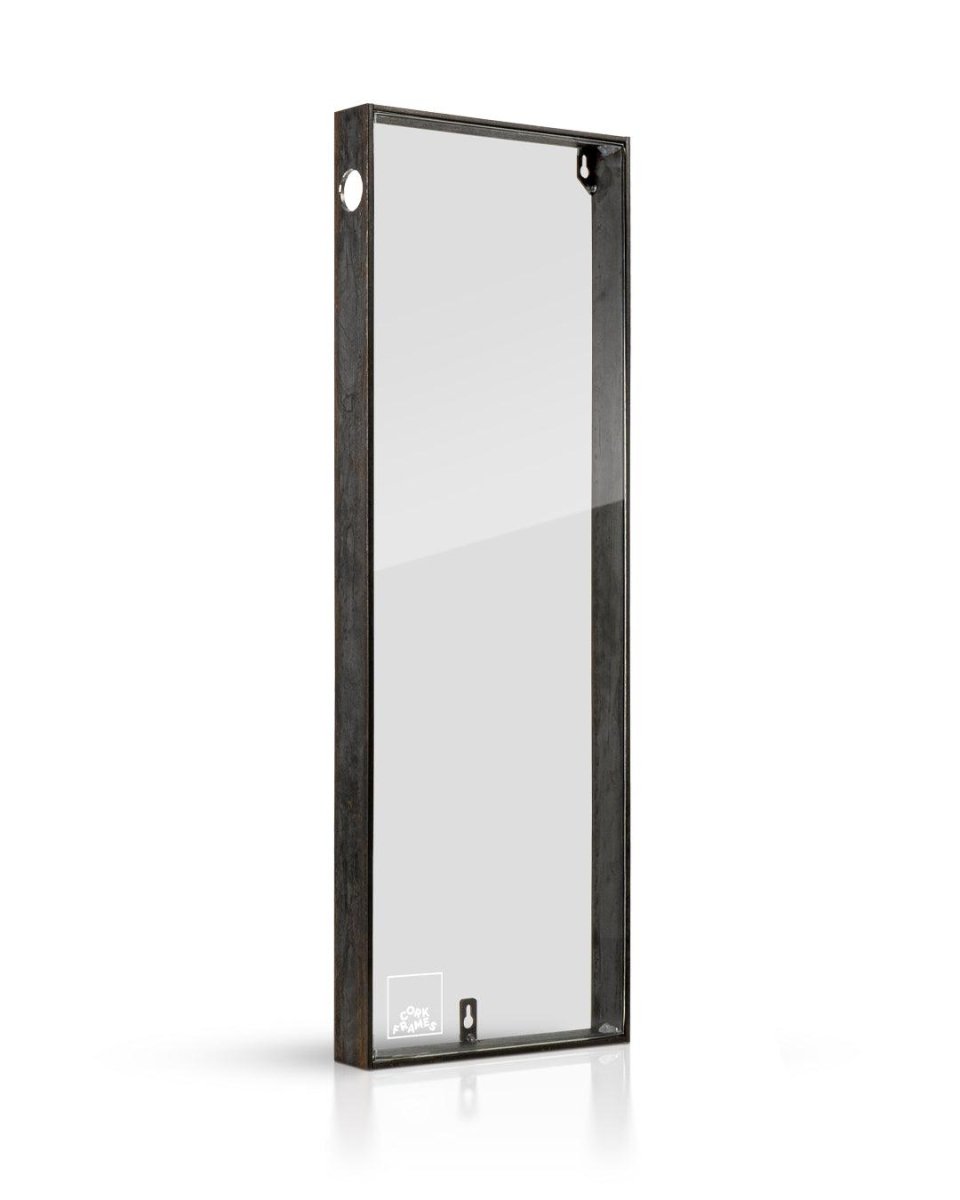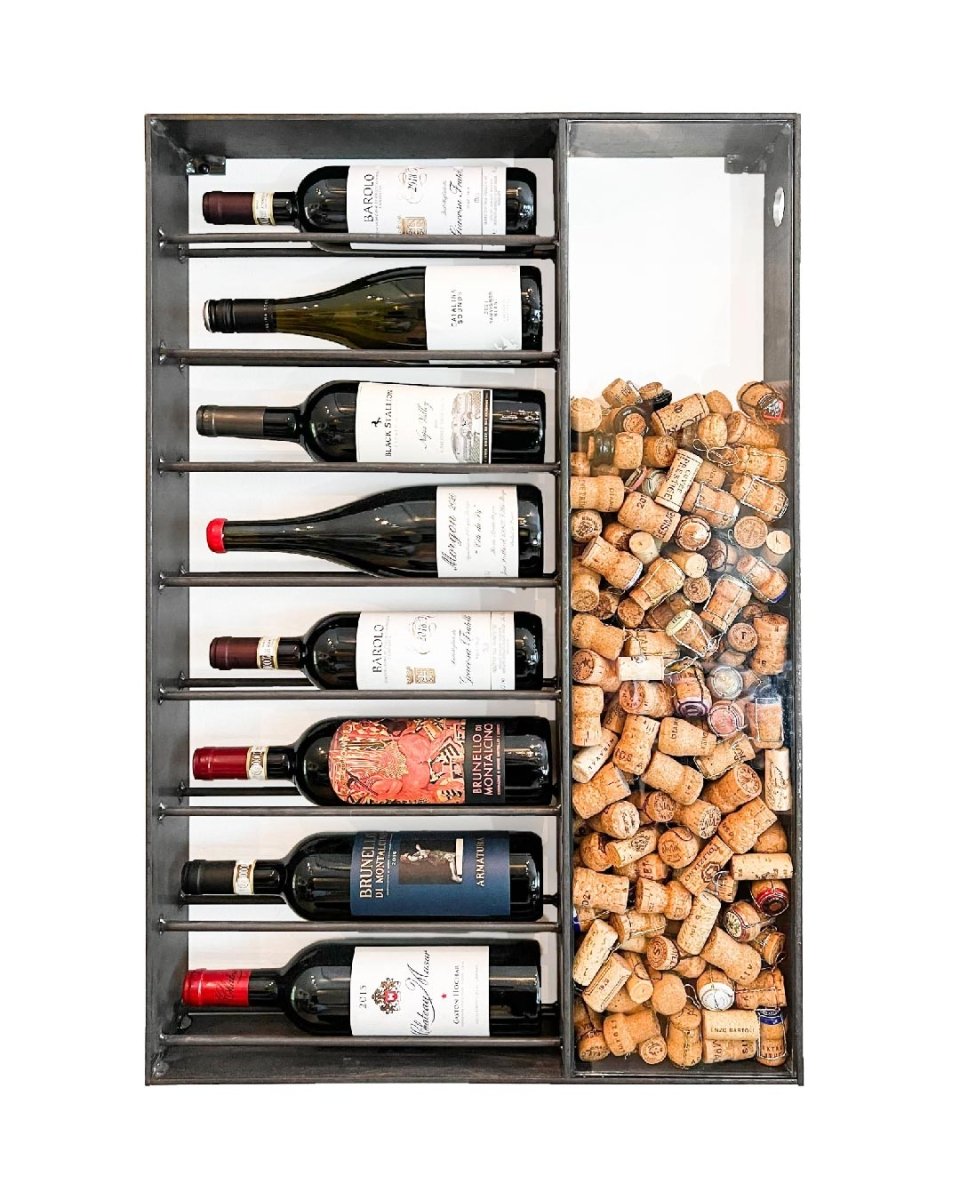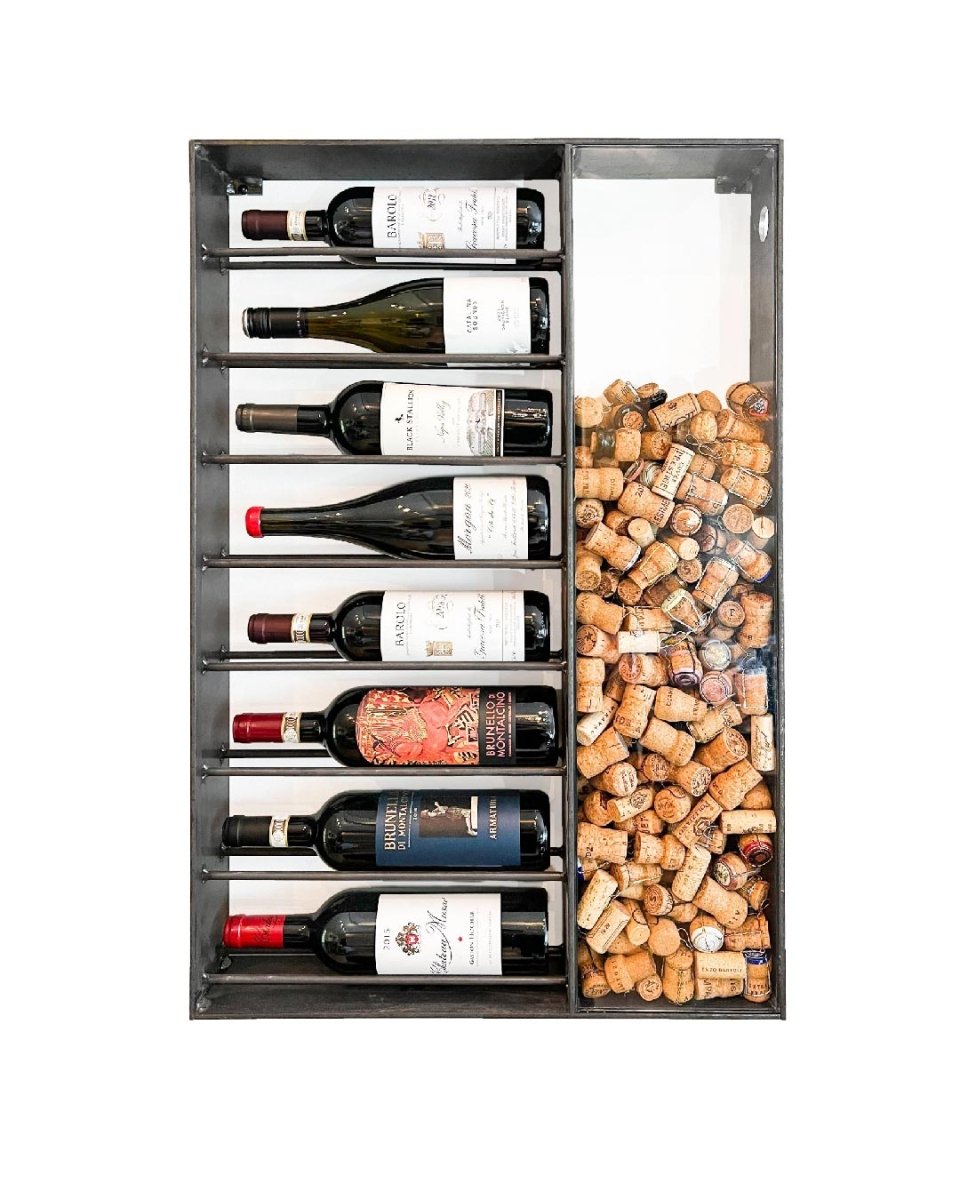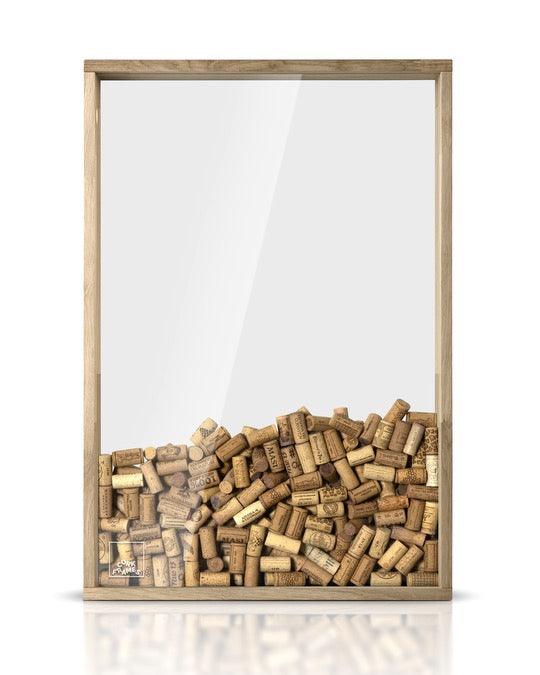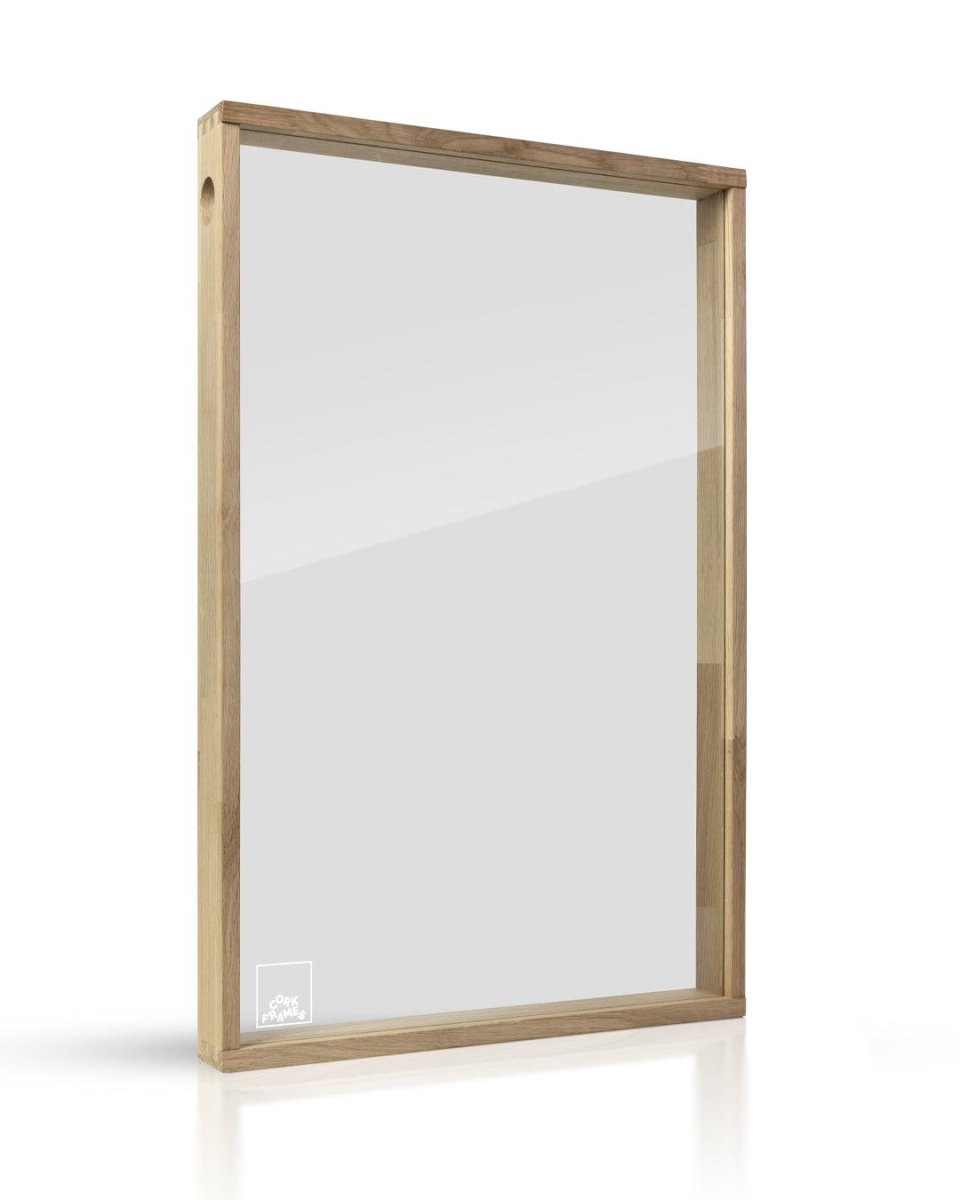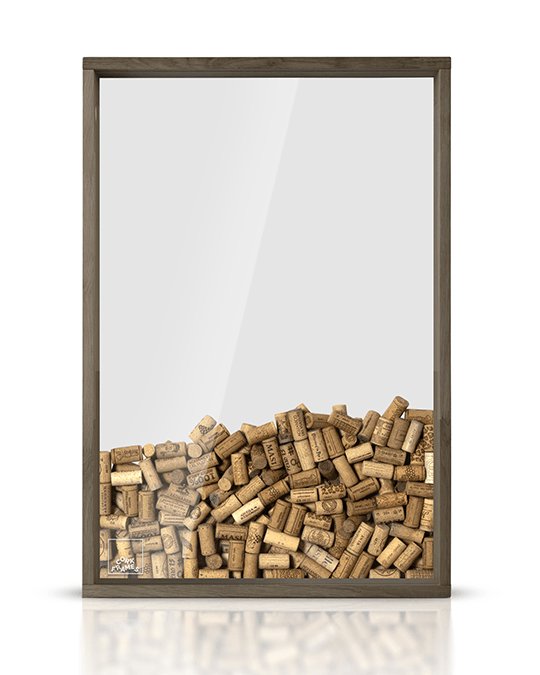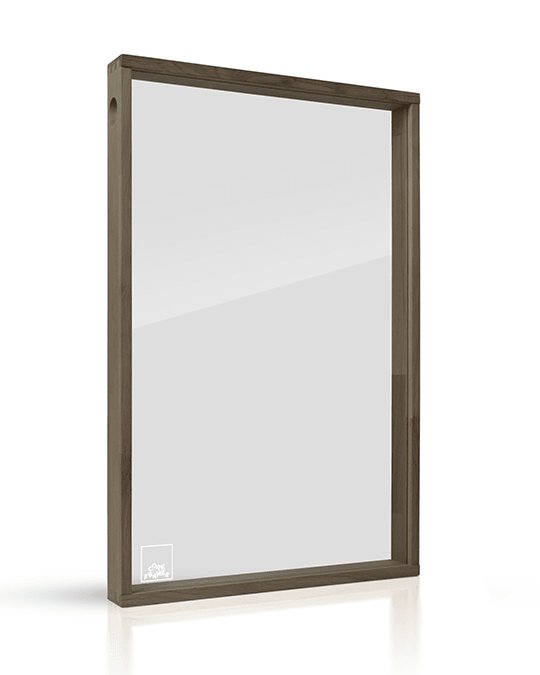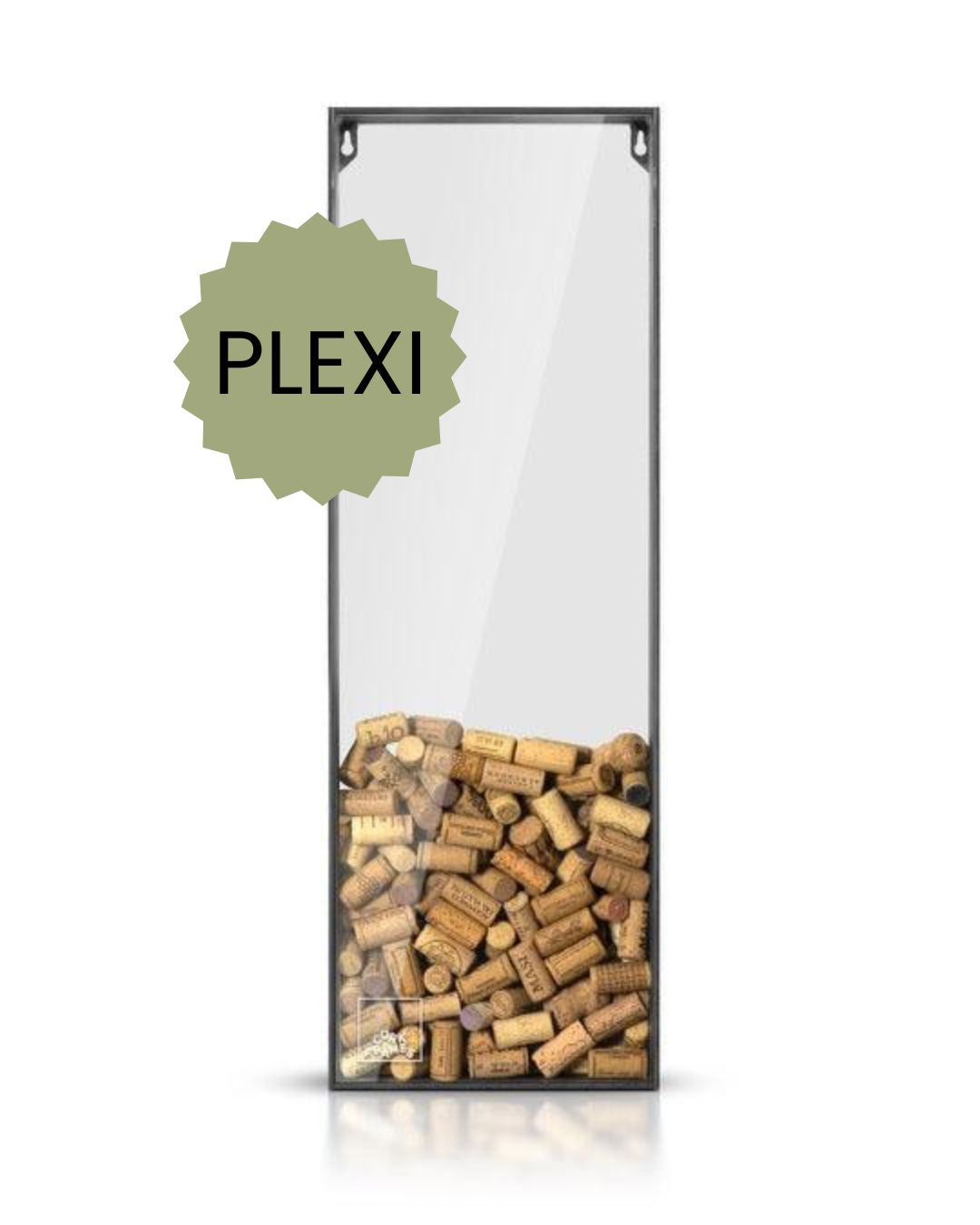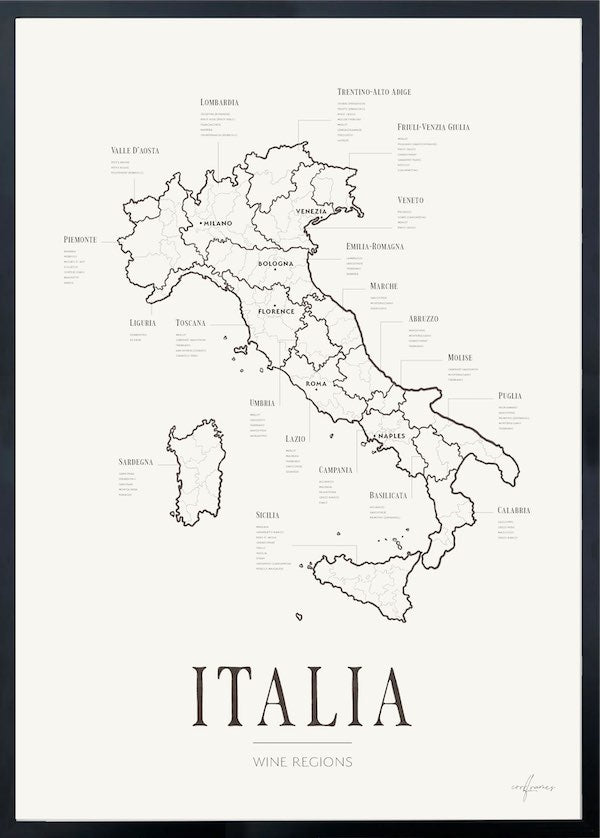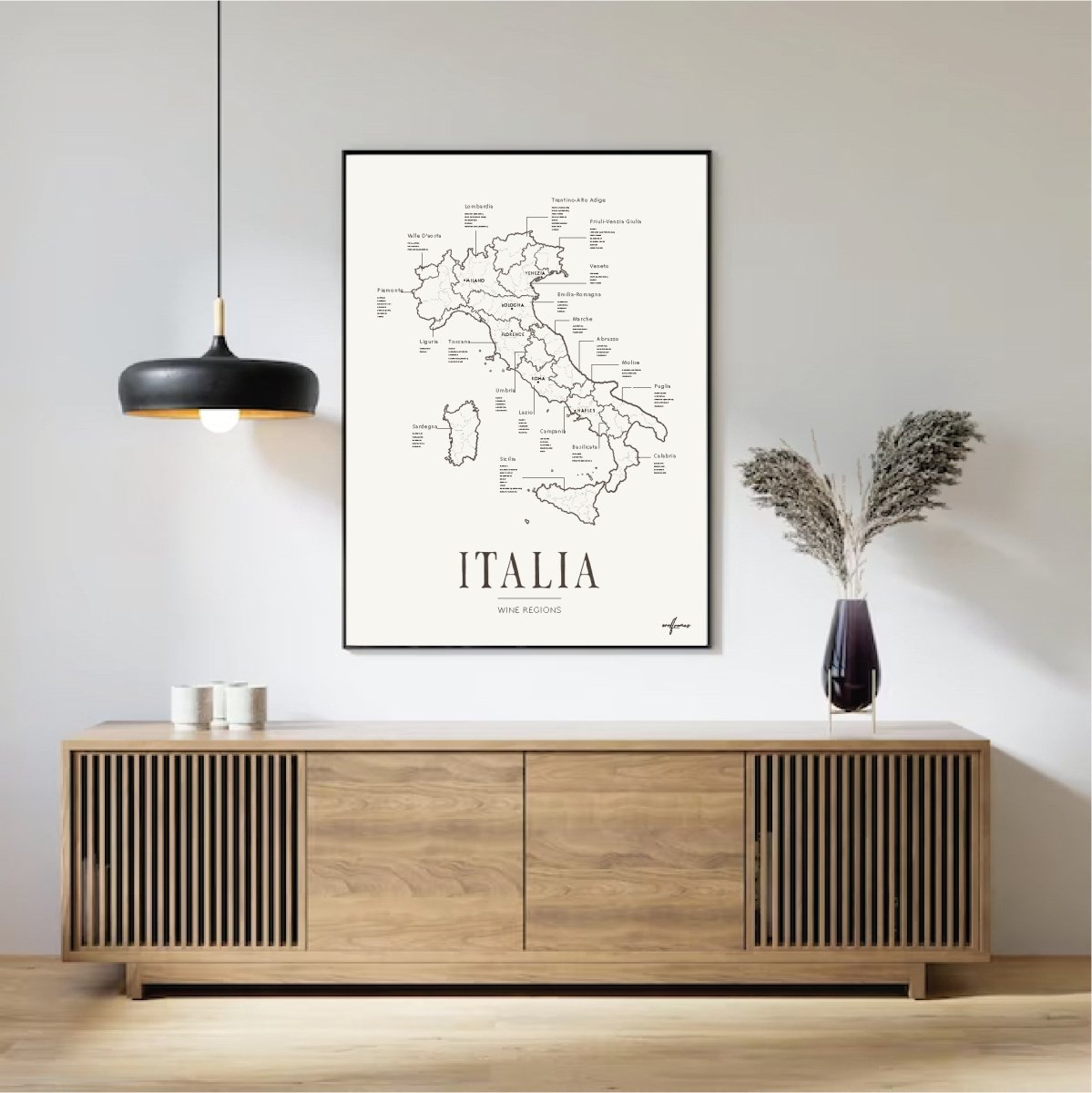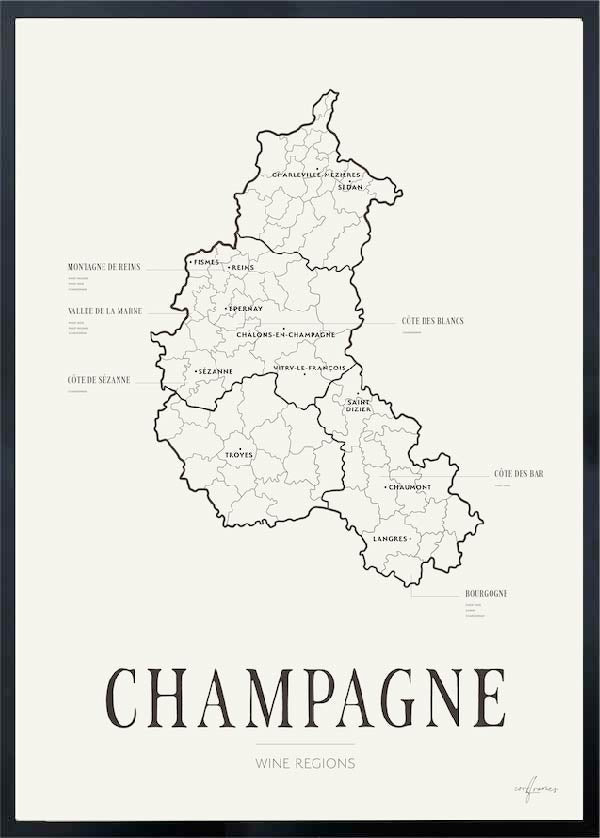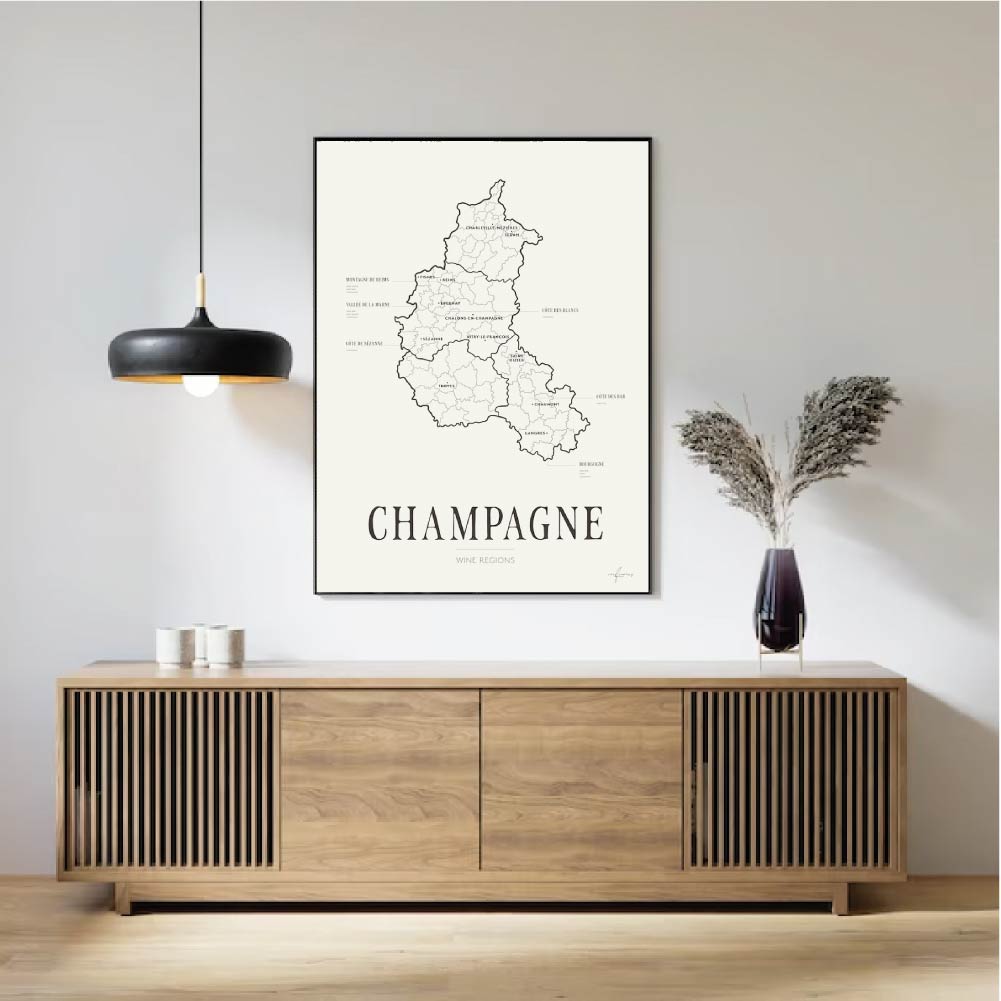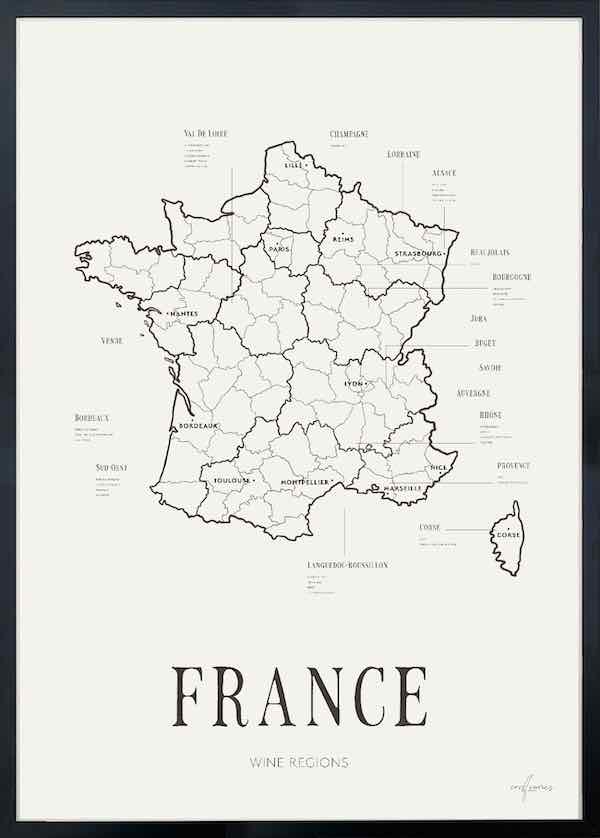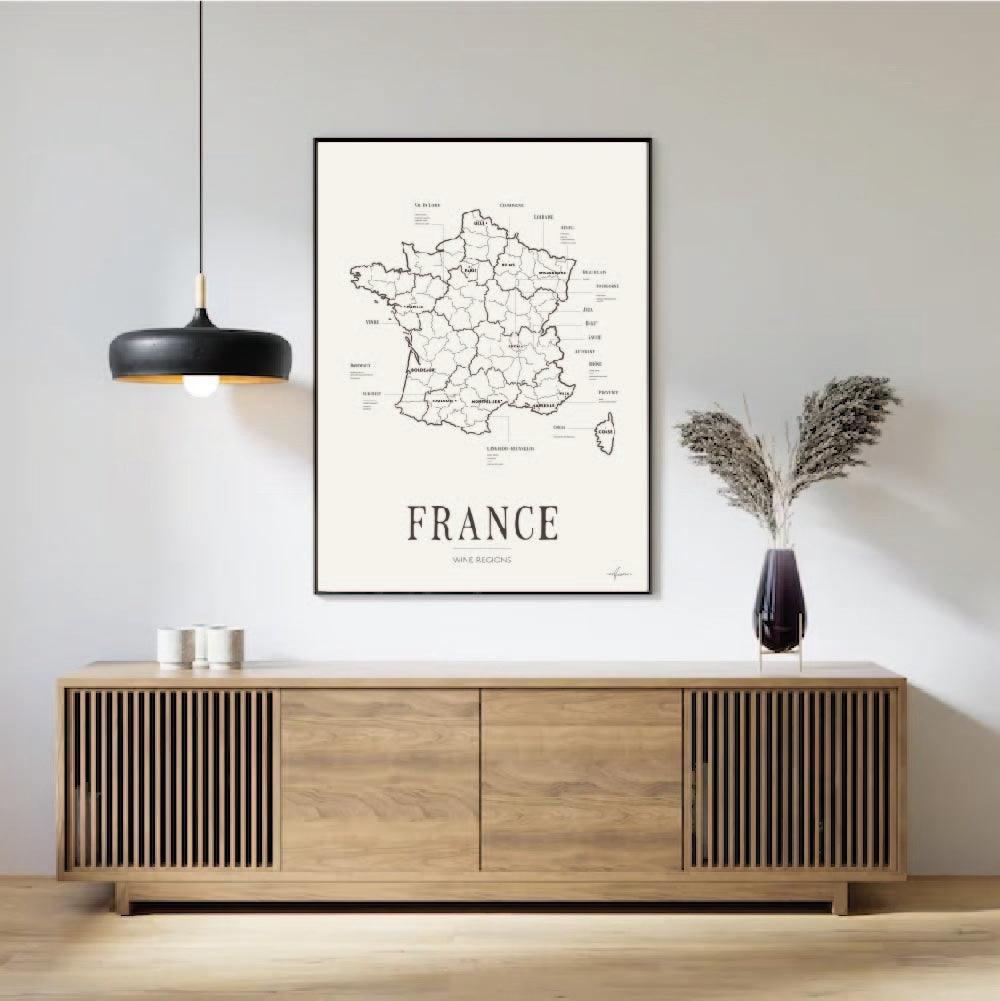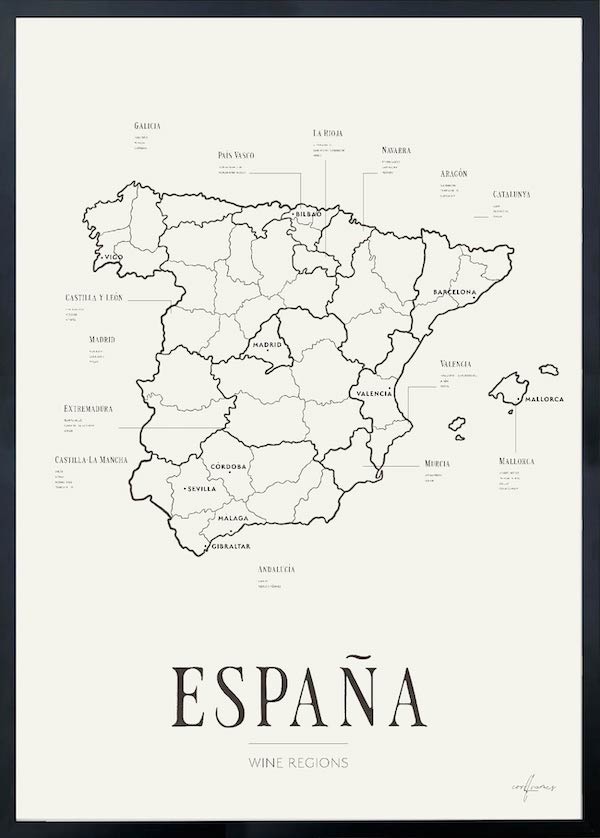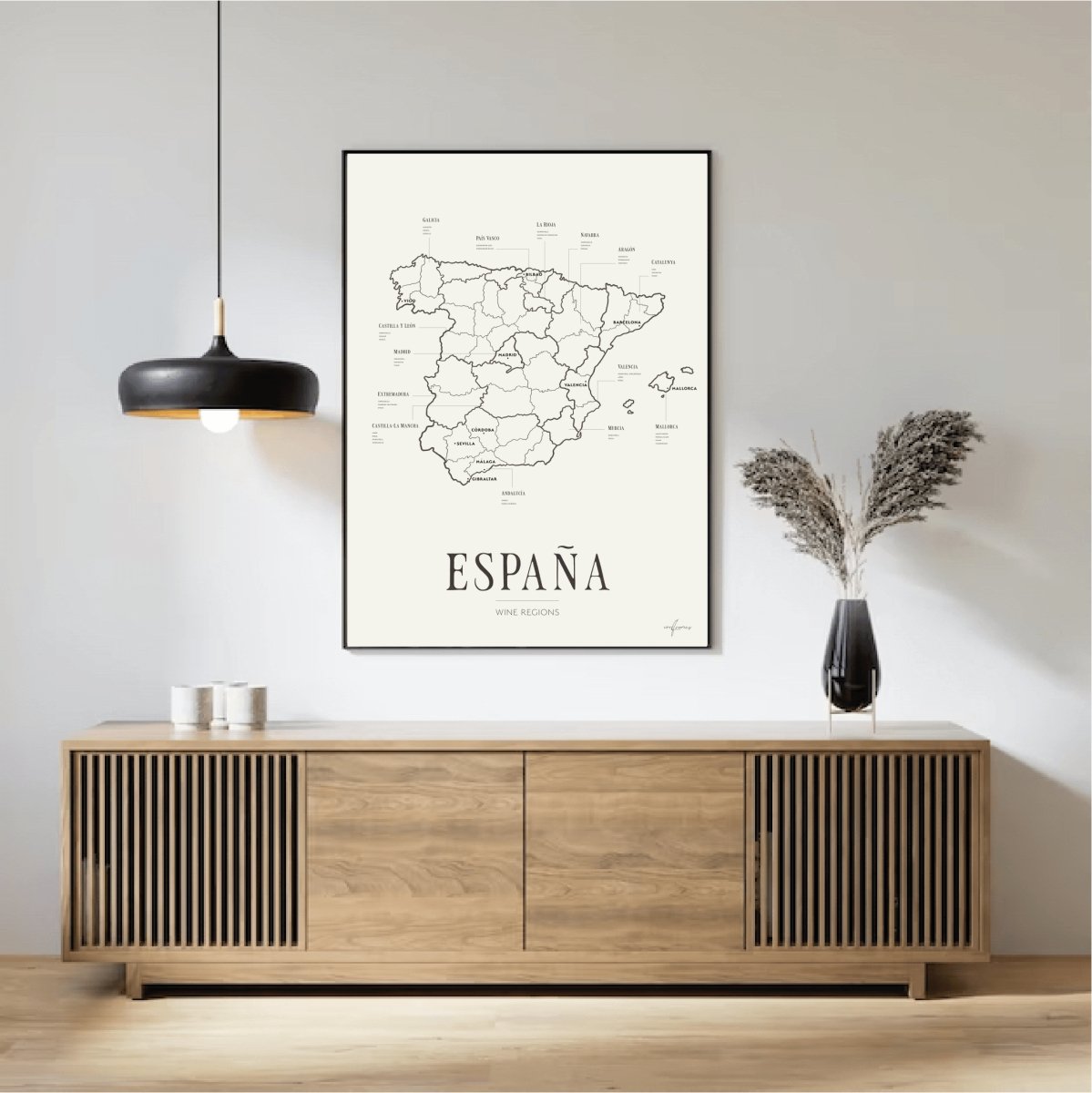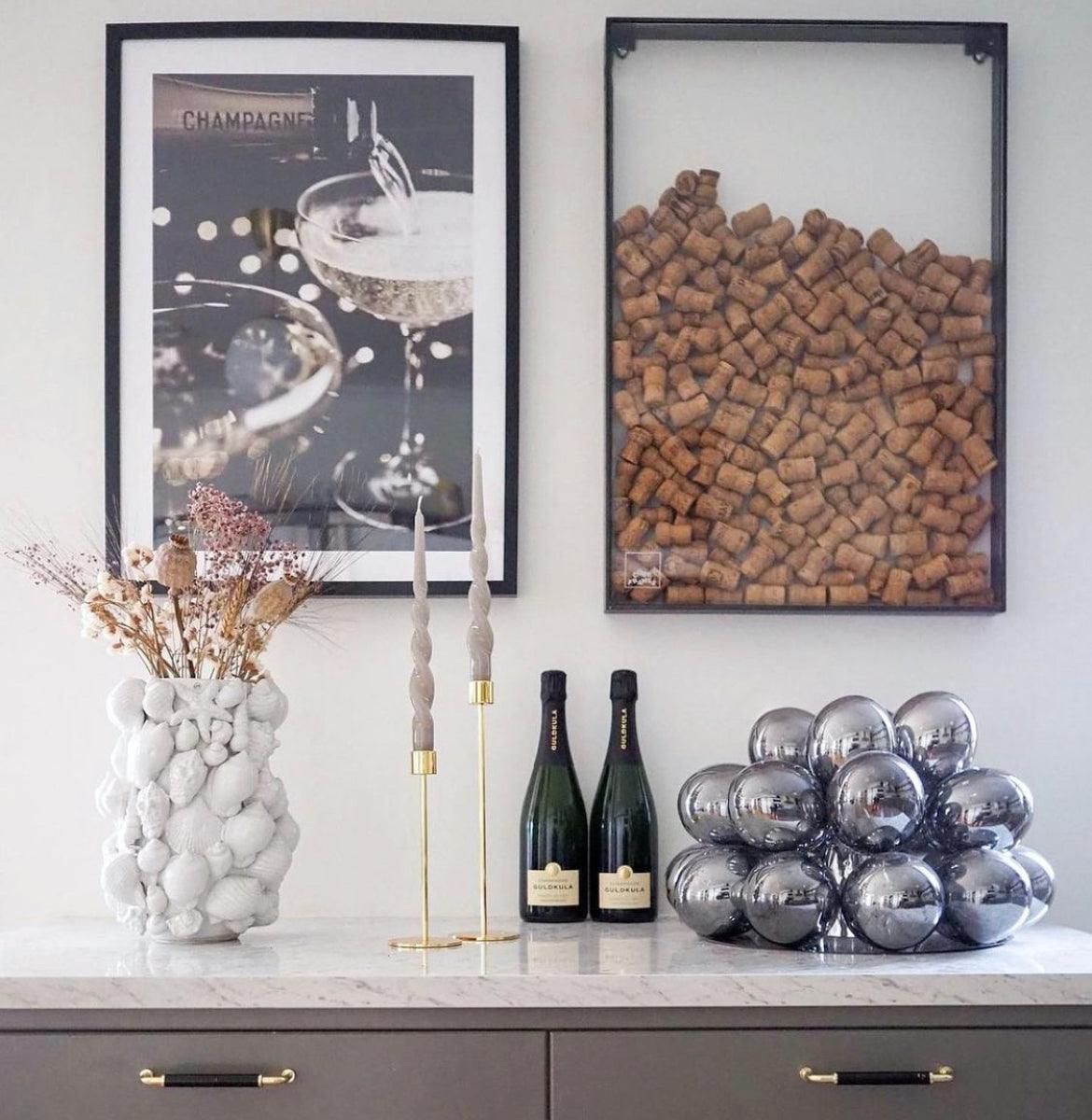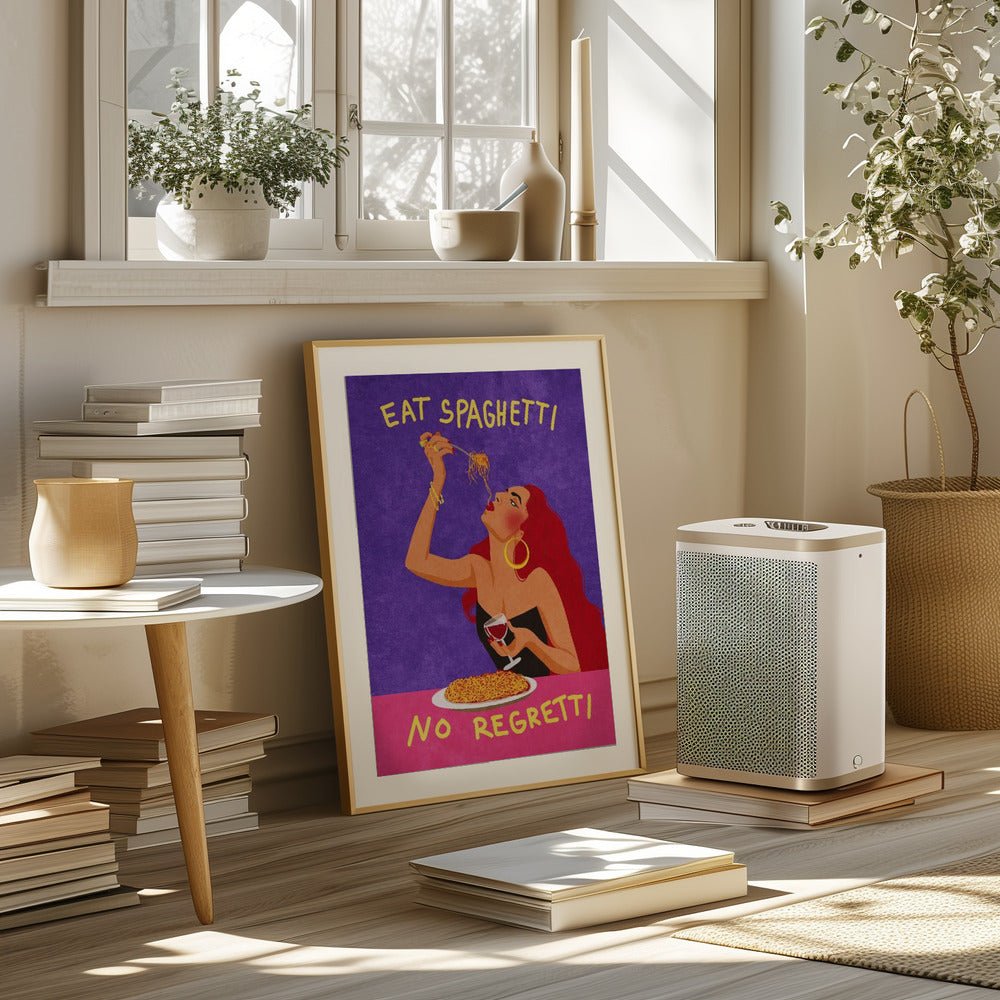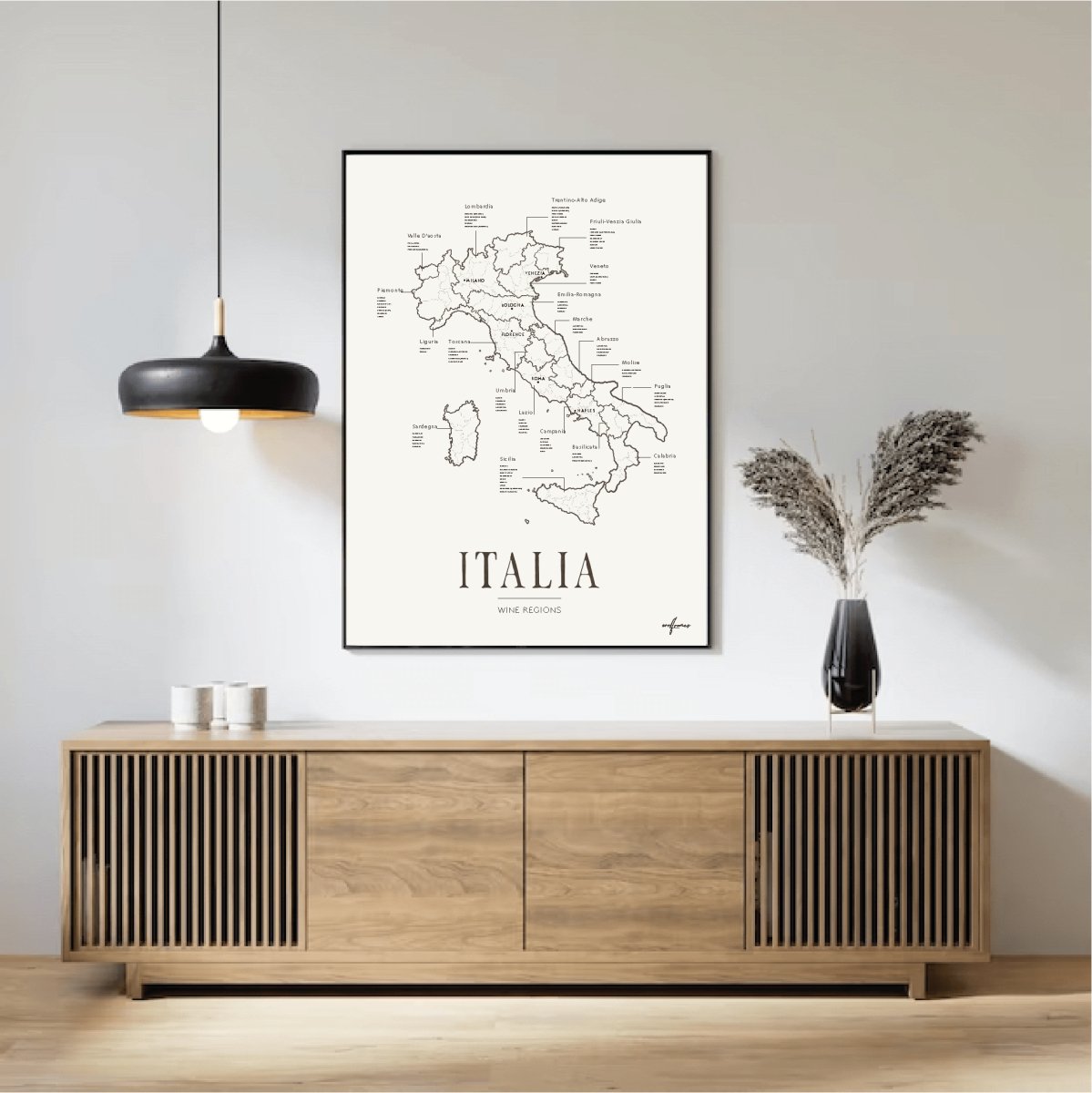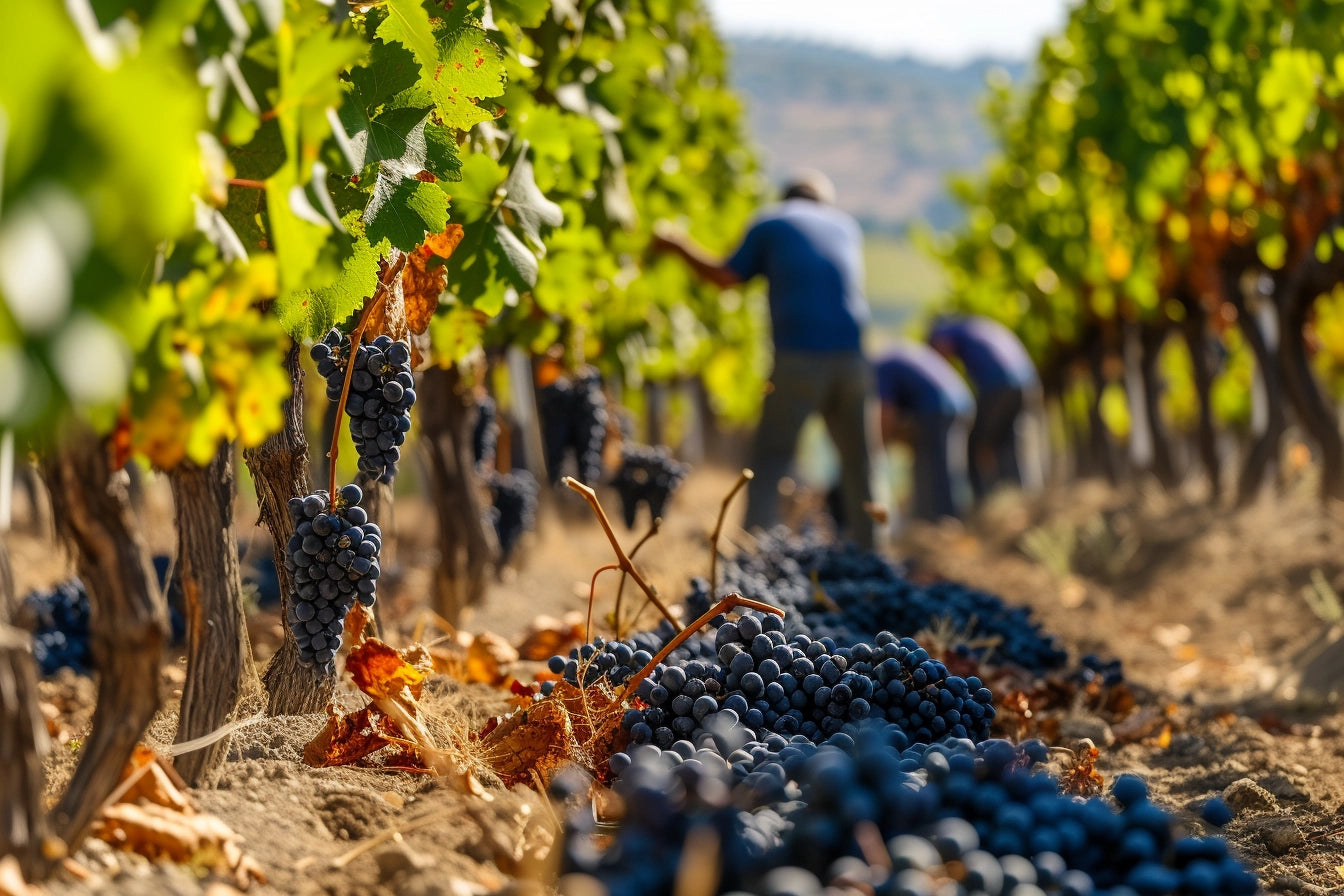Tasting is not something that happens only on the tongue. In fact, our ability to experience flavors is closely linked to our sense of smell. When we eat and drink, both the taste buds in our mouth and the olfactory receptors in our nose are activated – together creating the overall experience we call taste. This becomes especially clear in the world of wine, where aromas and nuances often define the character of a glass.
The Role of Taste Buds
The tongue can detect five basic tastes:
-
Sweet
-
Sour
-
Salty
-
Bitter
-
Umami
These are registered by taste buds spread across the tongue and act as the foundation of flavor. In wine, you might notice sourness as freshness, bitterness as tannic structure, or sweetness in a dessert wine.
Why Aroma Matters Most
When we chew food or take a sip of wine, aromas are released and travel to the nose through the back of the throat. This is called retro-nasal olfaction and explains why everything tastes dull when we have a blocked nose. Aroma is what allows us to recognize fruity, floral, spicy, or earthy notes – the true artistry of wine tasting.
Why We Experience Taste Differently
There are several reasons why some people are more sensitive to taste:
-
Genetics – so-called “super-tasters” have more taste buds and perceive flavors more intensely.
-
Age – our sense of taste and smell often fades over time.
-
Training and exposure – sommeliers and chefs practice daily to sharpen their sensory skills.
-
Lifestyle and health – smoking, illness, and certain medications can affect perception.
Can You Train Your Palate?
Yes – taste and smell can be developed like muscle memory. Here are a few ways to improve your sensory skills:
-
Smell consciously – pause to identify aromas in coffee, wine, or spices.
-
Compare side by side – try two wines from the same grape but different regions and note the differences.
-
Use a tasting wheel – wine and coffee wheels can help you find the right words for aromas.
-
Expand your diet – the more foods, drinks, and wines you explore, the richer your flavor library becomes.
-
Practice with others – group tastings often reveal nuances you might miss on your own.
Flavor is a collaboration between nose and mouth, with aroma playing the leading role. With curiosity, awareness, and practice, anyone can train their palate to recognize more nuances – turning wine tastings and dining into even deeper, more rewarding experiences.

